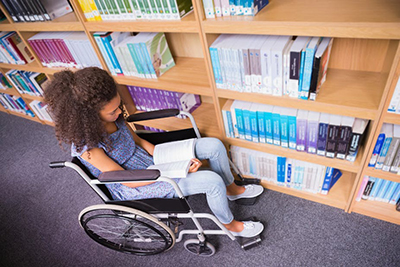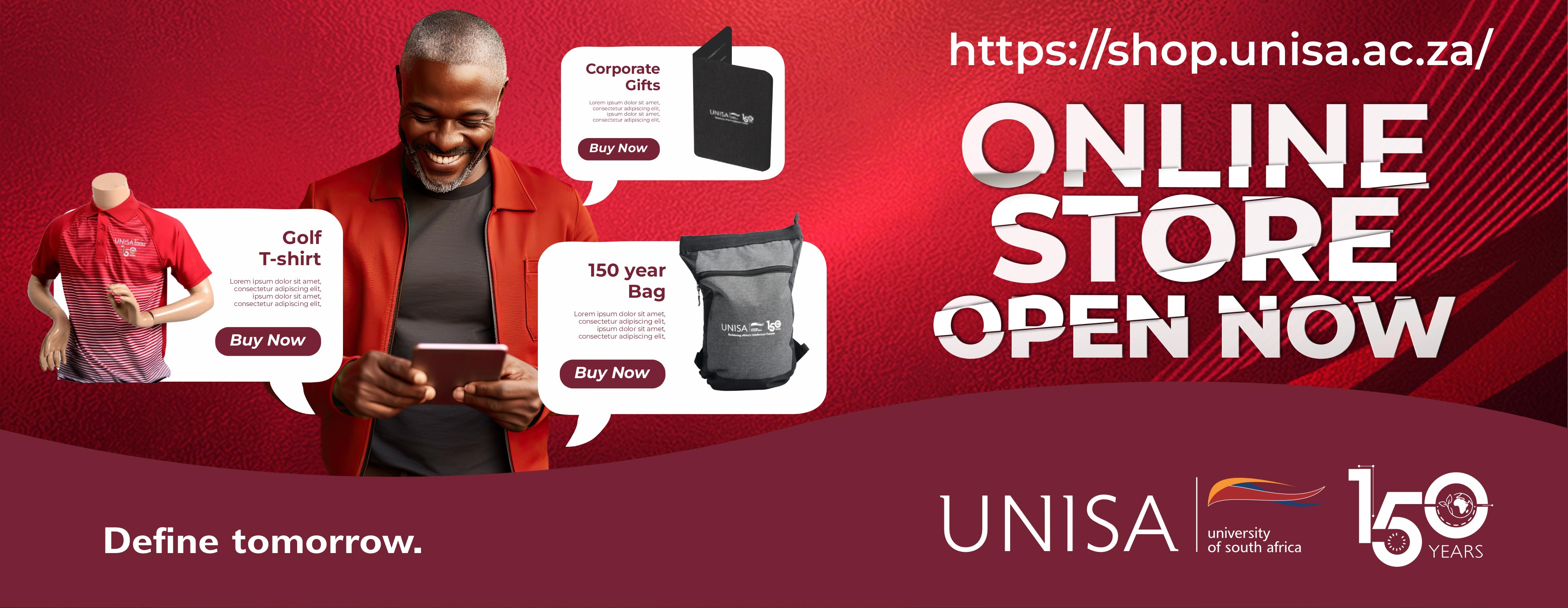News & Events
Online learning can be hard for students with disabilities: how to help
The first case of COVID-19 in South Africa was reported in March 2020 and on March 15, President Cyril Ramaphosa announced a series of lockdown measures to curb the spread of the SARS-CoV-2 virus. These included closure of both basic and higher education institutions.
Because of the pandemic, most educational institutions, including universities, abruptly went online. Online learning management systems and platforms were consequently adopted.
One such university was the University of South Africa, with more than 400,000 students. As an open distance learning institution, this university should have been functioning fully online but was not due to various systemic inequalities. The legacies of apartheid including the gap between wealthier white student who can pay for learning resources and poor black students who mostly cannot, have always made full online teaching impossible.
Because of the COVID-19 shutdown, students at the University of South Africa were unable to obtain printed learning materials. This had an especially negative impact on students with disabilities, who were unable to access their learning materials in alternative formats. They no longer had access to the assistive technologies that they used to borrow from the library.
 COVID-19 has further revealed the systemic challenges that higher education students living with disabilities face.
COVID-19 has further revealed the systemic challenges that higher education students living with disabilities face.
Picture: Shutterstock
The postal services, which would normally be able to deliver the assistive technologies to students, were completely closed. As learning moved online, over 5,000 students with disabilities, with differing digital skills, were affected. This exacerbated the long prevalent challenges faced by these group of students in an open distance learning setting even prior to the pandemic. Previous research has reported that such students receive limited support, have high drop out rates and in some instance, take long to complete the degrees.
In our research, we sought to explore how COVID-19 deepened educational inequalities at the University of South Africa. We used a qualitative research approach to understand the learning experiences of students with disabilities in the context of open distance e-learning.
We interviewed 10 students with disabilities. Four of them were leaders of students with disabilities who dealt directly with students’ concerns. The interviews were in-depth and conducted through e-mail and the WhatsApp platform. We did a thematic analysis of the findings.
We found that in the haste to comply with the lockdown restrictions, university management focused on bridging the educational distance between itself and the majority of students and in the process excluded the minority group of students with disabilities.
Our findings
Seven themes emerged from our findings.
The first was digital literacy. Students reported that they did not have computer literacy and online learning skills. They normally used printed learning materials but could not access them under lockdown.
Next was loss of human dignity. Students felt that staff were insensitive to their needs. So, they lost their dignity due to this disregard.
Time for completing assessments online was a problem. The assessment process was designed to cut off after a fixed time, but this wasn’t sufficient for students with disabilities. And it couldn’t be adjusted until staff with the necessary skills were allowed back on campus. Students also worked with the support staff to negotiate with lecturers and the assessment centre to allow alternative means of submitting the assessments.
Challenges in the information and communication technology systems were another theme. They ranged from inadequate hardware and software provision to aesthetic design that met the needs of disabled students.
Students could not get materials in accessible formats such as Braille. This was also worsened by the lack of compatibility between mainstream technological platforms and assistive technologies.
There is a misconception that because a student has a disability, they know how to use assistive technologies. Some students that had recently acquired the disability or had been using traditional Braille could not acquire the required digital skills while isolated under lockdown.
Students also mentioned the difficulty of studying in the fields of science, technology, engineering and mathematics. They felt the university did not accommodate their disabilities. This exclusions was exacerbated by COVID-19 and they could not conduct their scientific experiments from home.
There were also logistical problems. We found there were problems in converting and delivering printed learning materials into accessible electronic formats for students with disabilities. This was due to inflexible procurement procedures. The university could not provide services such as Braille conversion of study material and examination papers for remote delivery and online examination.
Lecturers were ill-prepared to work with students with disabilities who are already limited by lockdown. Lecturers were not well prepared to design and execute strategies for online teaching and learning. There was a glaring gap in the training of teachers in relation to dealing with students with disabilities.
Consequently, students with disabilities bore the brunt of the pandemic. They could not access study and assessment materials and their already overwhelmed teachers were ill prepared for the “added” demands of preparing “special materials”.
Way forward
The preliminary findings of our project point to an urgent need for collaboration among educators, government and the private sector particularly as we wrestle with COVID-19. To prevent further drop-outs, lecturers need to acquire more inclusive digital teaching so students with disabilities can also complete their qualifications and live sustainable lives.
Universities can, for example, partner with the corporate sector to subsidise inclusive teacher training and reskilling initiatives. Failure to transform teacher training strategies could lead to an even higher dropout rate for students with disabilities. It could also lead to the delayed realisation of the United Nations Convention on the Rights of Persons with Disabilities. This right entails ensuring “the provision of an inclusive education system at all levels and lifelong learning”.
To ensure that students have positive learning experiences and complete their qualifications, higher education institutions need to respond to the learning needs of all students.
The teacher training curriculum must change to prepare academics for current societal realities. Teaching and learning in the digital age requires all academics to constantly undergo training on learning design for online teaching and assessment. Training must consider the needs of diverse learners.
Flexibility is needed in procurement procedures and teaching strategies. And higher education institutions need to be more innovative to meet challenges such as the COVID-19 pandemic.
Governments need to view education as a basic necessity and give teachers and academic staff the status of essential services.
Lastly, teachers need to familiarise themselves with the Universal Design for Learning principles. This is meant to open curriculum design and teaching platforms to accommodate diverse learning needs.
*This article by Sindile Ngubane, Full Professor, Unisa and Nkosinathi Zongozzi, Lecturer, Unisa originally appeared in The Conversation
Publish date: 2021-07-13 00:00:00.0

